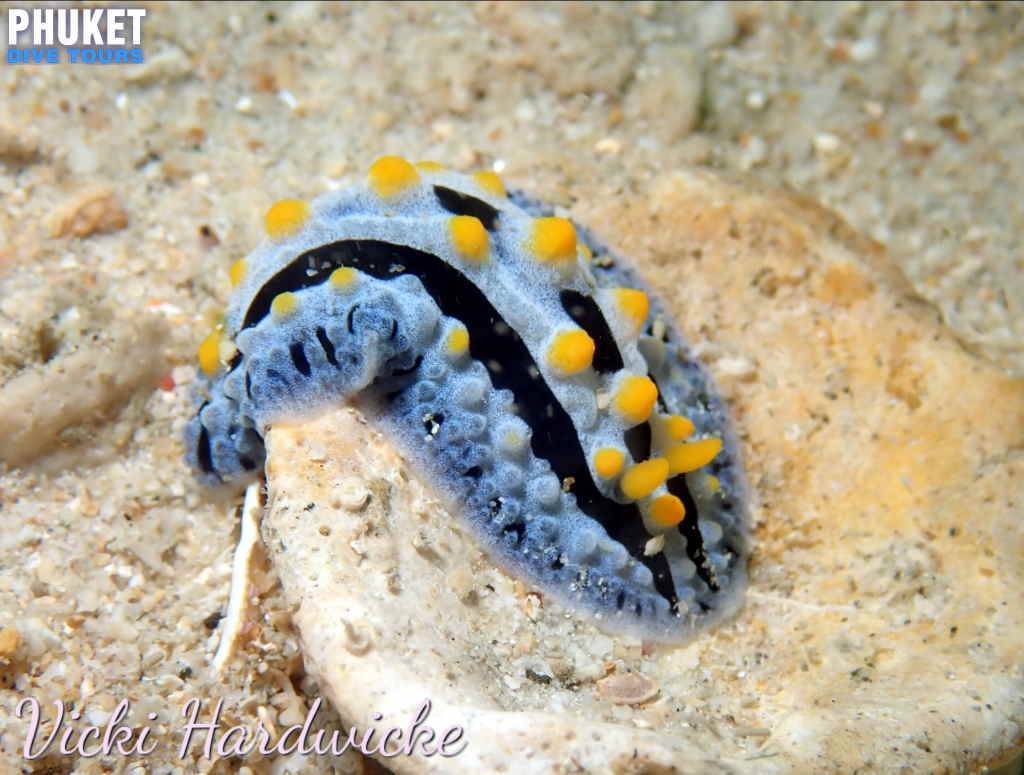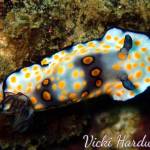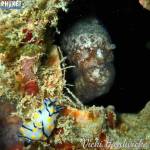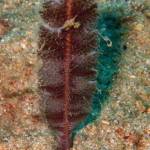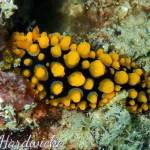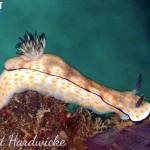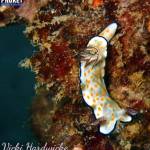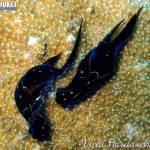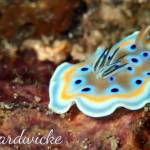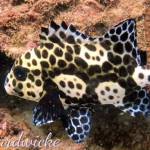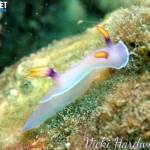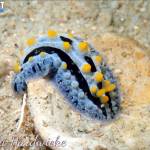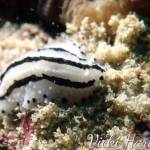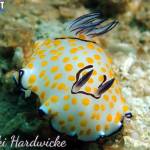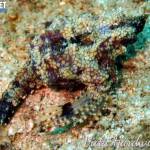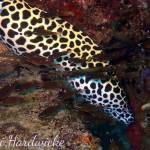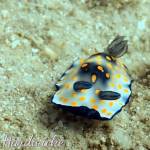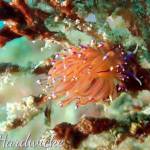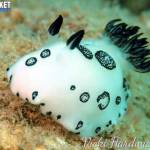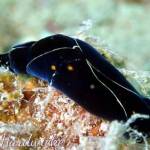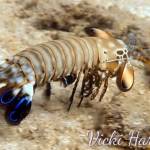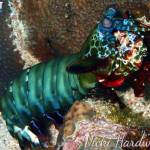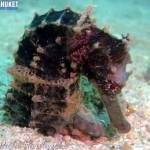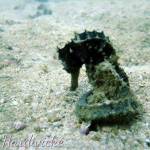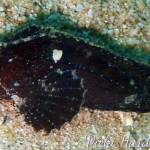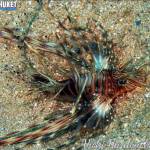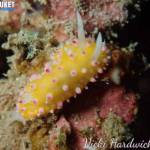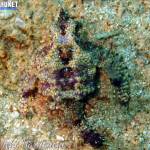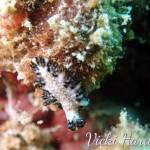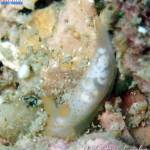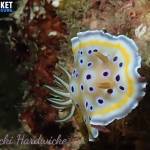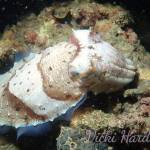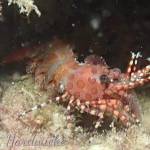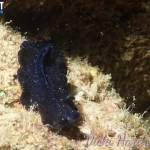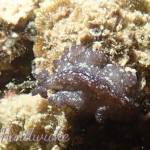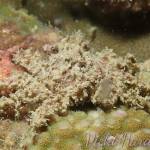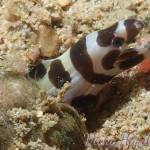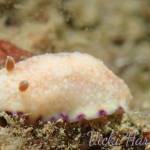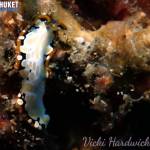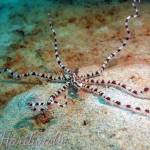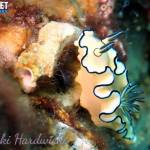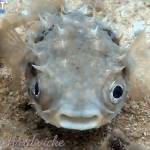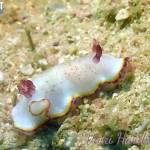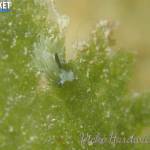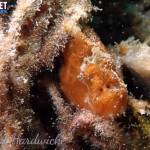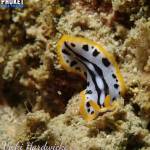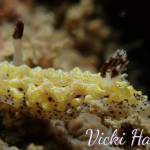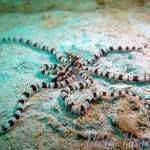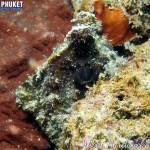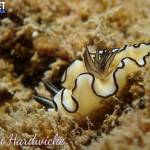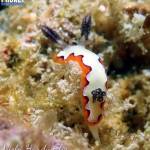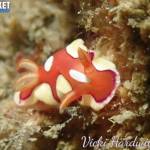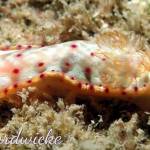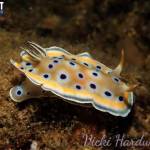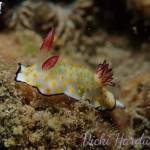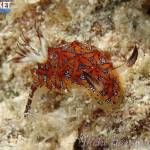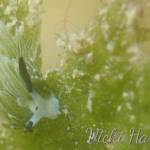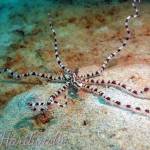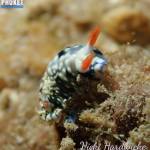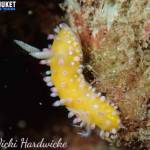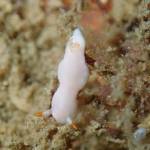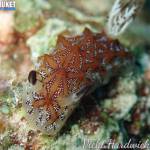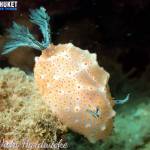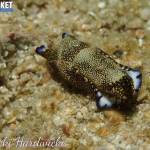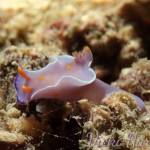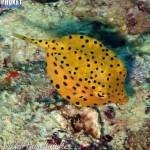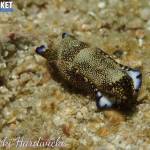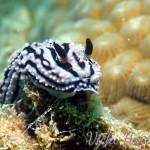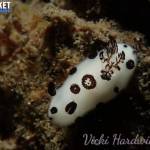Dive sites
Kata Beach Diving Phuket Thailand
Kata Beach Diving is Perfect For Macro Lovers
Kata Beach diving is easily Thailand’s premiere macro diving destination. If you’re into macro diving and photography, you don’t need to go to Anilao or Raja Ampat or pay for lengthy, crowded boat trips to remote locations to see amazing sea life, it’s all conveniently right here at Kata Beach. The best time to dive at Kata is between October to May, when the surface conditions and visibility are at their best. As a diving destination, Kata Beach (north) is actually quite spread out and can be broken down into numerous, smaller dive sites; the reef, the cubes, the sand and the corner. It is possible to spend a whole day diving at Kata and still not see all it has to offer; divers who have been diving at Kata on a regular basis for years are still finding new critters!
Kata Beach Diving Saves Time and Money
Divers can avoid expensive boat trips to remote destinations throughout the diving season, different creatures move in to different areas at different times; no two dives on Kata are ever the same. During the diving season, diving at Kata Beach is good throughout the day; at both high tide and low tide, as well as at night. In the early morning, the visibility tends to be better which makes diving in the sand much easier and also reduces the risks posed by boat traffic which tends to pick up around 10am. The sandy area is also the deepest dive site at Kata so recommended as the first dive of the day. Later in the day, around mid-morning, nudibranchs tend to be more active and easier to find, in the evenings octopus and cuttlefish are more commonly seen. On the more exposed sites, particularly out in the sand and on the corner, current can affect the dive and needs to be taken into consideration. Depending on your level of experience and comfort, it is possible to dive in the current or take shelter from conditions closer to the reef.
Kata Beach Reefs
Kata Reef is often referred to as a nursery; home to many juvenile and schooling fish including barracuda, snapper, bearded scorpionfish and Moorish Idols. The reef itself is made of predominately hard coral and extends from just off the beach, right out to almost the channel between the northern corner of Kata Bay and Koh Poo. Due to it’s proximity to the beach, there is no need for any surface swim to access the site, once you have entered the water, you can descend almost straight away. The reef itself is very shallow and a great site for novice divers offering plenty to see including barrel sponges, turtles, eels, cuttlefish and lionfish. For the experienced or macro diver the reef is home to whip coral shrimp, a wide variety of nudibranchs and flatworms, emperor shrimp and, if you can spot it, the microscopic and elusive hairy shrimp. Rare and special finds such as Harlequin Shrimp have also been seen on Kata Reef. To the south of the reef is a shallow sandy bottom, which also makes this area a great training site for those learning to dive.
After you descend onto the reef, if you make your way out away from the shore, the visibility improves and schools of fish can be seen. The reef unfortunately can have a lot of litter on it; particularly after a heavy rainfall, and can include discarded fishing nets, the only real downside to Kata Beach diving. Take a look inside some of the older fishing nets which have become established as artificial reefs as there have been frogfish spotted living within them at depths as shallow as 6m. Frogfish spotted on Kata Reef have varied in colour from black to orange and have been up to 10cm tall. Seahorses have also been known to make homes from discarded ropes and fishing nets on the reef.
Navigation on the reef is relatively easy, if you head out with the reef on your right hand side, you can simply head back to shore keeping the reef on your left hand side. Kata Reef is surrounded by a buoy line to keep boat traffic out, despite this many longtail boats are moored in this area and jet skis sometimes enter the area. As such, care needs to be taken when surfacing from a dive on the reef during the day.
When we (Phuket Dive Tours) moved to Kata beach in 2015 we knew already how good the Kata Beach diving can be when conditions are good and the sea is calm, we just didn’t want others to know so we kept it quiet.
The Kata Beach Diving Sandy areas
If you want to see a Mimic Octopus, a “Shaun the Sheep” nudibranch, sea moths, seahorses, frogfish or robust ghost pipefish, you need to get off the reef and get into the sand.
Diving in sand might sound unappealing to the novice diver but the Kata Beach Diving will prove you wrong; some of the rarest and most interesting critters can be found in the sand at Kata Beach. Unlike many other dive sites, the sandy bottom at Kata is reasonably shallow and has an average depth of 14m, allowing sufficient no decompression time to explore the area and get some great photos. In the sand you will find small, hollow, pink fingers of coral, approximately 5-10cm in length protruding vertically up from the sand and spread out in clusters. Take your time looking in and around these pink corals as it is common to find seahorses, shrimps and nudibranchs living there. Scattered throughout the sand are also sea pens, which look like feathers sticking up from the sand, and on these you can find small, transparent shrimps. As you move between the corals, keep your eyes peeled in the sand for sea moths which are commonly seen in pairs and look like baby birds, seahorses, pipefish and nudibranchs. Nudibranchs found in the sand at Kata range from the microscopic in size up to 40cm in length, some of the bigger ones look like anemones and are easily overlooked.
You will notice the texture of the sand changes in some areas from larger, shale-type grains of sand to fine powdery sand. Care needs to be taken in these areas not to disturb the sand as it is easily churned up and can affect visibility but it is in these transitional areas frogfish and robust ghost pipefish have been spotted. It is important to maintain buoyancy control in the sand, not only to maintain good visibility but because there are poisonous scorpion fish, including the Ambon Scoripionfish and leaf scorpionfish in the area. As you make your way through the sand, keep your eyes peeled for lone, triangular-shaped green leaves protruding from the sand on a single stem; it is on these leaves you will find the tiny Shaun the Sheep nudibranchs (Costasiella sp.). Shaun the Sheep are green and white in colour with black rhinophores, usually only a few millimeters long. It is common to find multiple Shaun the Sheep living on the same leaf.
A Healthy population of Mimic Octopus
As you make your way over the sand, keep an eye out for the illusive Mimic Octopus; often camouflaged on top of the sand, they can be difficult to see until they are disturbed and turn their signature brown and white pattern. The Mimics at Kata can also be very small with bodies no more than 5cm long and when laying translucent in the sand, can resemble sea stars. In this area Coconut Octopus and Algae Octopus have also been found, as well as tiny little octopus making homes inside discarded glass bottles. Kata is also home to the Snake Blenny and Snake Eel; both of which are timid and easily scared back into their holes but if you approach slowly you’ll be able to see them emerging from the sand and maybe get a photo.
In terms of accessing the sandy area, in order to maximize your dive, you will need to swim out away from the beach on the surface to conserve your air and no decompression time and descend directly into the sand. Navigating in the sand can be difficult are there are very few visual references to aid you, diving in the sand predominately relies on compass navigation. When surfacing, it is advisable to swim back in towards the reef at the end of your dive and surface on, or near the reef as Kata Bay does have a lot of boat traffic during high season including longtails, speedboats and jet skis. The reef itself has a net surrounding it to deter boats from entering; despite this, care still needs to be taken when surfacing in this area.
The Cubes
If you want to see a “psychadelic batwing slug” (Sagaminopteron psychedelicum), rare nudibranchs that you won’t see on other Thailand dive sites, including photogenic Flabellina nudibranchs, pipefish, honeycomb moray eels, white-eyed moray eels, lionfish and stingrays, you need to dive one of Kata’s sets of cubes. The cubes themselves are in three-dimensional, hollow blocks, approximately 1m2 which serve as artificial reefs and are scattered around Kata Bay at various depths. The cubes are covered in sponges and corals, on these you can find nudibranchs feeding, pipefish, scorpionfish and flatworms. Lionfish, pufferfish, moray eels, stingrays and even giant barracuda have been found in and around the cubes. During the high season months, ornate ghost pipefish can be found sheltering between the cubes as well as numerous eels. It is common to find up to five eels sharing the same hole between any two cubes. The cubes can be found in the sand, just off the reef making it possible to dive the cubes and reef on the one dive. In poor visibility the cubes can be a little more difficult to find from the reef.
The Corner
If you are into nudibranchs, headshield slugs, flatworms and even bubble snails, this is the best spot on Kata to find them. The corner is on the northern point of Kata Bay and serves as a barrier between Kata and Karon beaches. The best way to access this area is to swim, on the surface out to the corner where you will find a white buoy on a mooring line. It is easiest to descend on, or near the mooring line, this approach saves your air and NDL allowing you the maximum time for exploring the area. You can start the dive swimming with the reef and rocks on your right hand side, towards Karon and towards the end of your dive work your way back around onto Kata Reef. The corner can be exposed to, at times, strong current. You need to assess the conditions before venturing too far around the corner towards Karon as it can be difficult to swim back into Kata when the current is strong. The average depth on the corner is 9m; you can move between the coral and the sand looking for life.
The variety of nudibranchs, headshield slugs and flatworms in this area is breathtaking. On a single dive you can see 10 different types of slugs, including nudibranchs with horns behind their gills, different types of Helgerda nudibranchs including Helgerda Batangas, as well as orange and yellow varieties of Helgerda tessellata. It is common in this area to find juvenile “Spanish Dancer” nudibranchs (Hexabrfanchus sanguineus) on the hard corals. The juveniles are lighter coloured than the adults and much smaller, averaging around 5cm in length and are often purple, white and orange in colour. Adult Spanish Dancers have been spotted in this area during the day; bright red in colour and ranging up to 40cm long.
Most divers have heard of a “Sea Bunny”; a white nudibranch with black, fluffy gills and rhinophores and black spots on its body (Jorunna parva), popular for its cute appearance; these can also be found on the corner and can be up to 10cm long. Special finds such as Pigmy Seahares (Aplysia parvula) have also been found in this area. The flatworms in this area range in colours and sizes and at night can be seen swimming. The most commonly spotted headshield slug in this area is the purple Chelidonura punctata which has tiny yellow spots along its body. Headshield slugs are a type of snail which has adapted to have a reduced shell on the inside of its body and has grown two tails and a widened head. Often stationary in groups and up to 5cm long, they make for great photography subjects. Divers in this area have also spotted rare bubble snails which are blue in colour with ornate patterns on their bodies and shells. The trick to finding slugs in this area is to move slowly and take your time looking in, under and between the rocks and coral as many slugs are very well camouflaged.
Towards the end of your dive you have the option of swimming back towards Kata Beach and ending the dive on the reef or surfacing on the corner itself and swimming back to the beach on the surface. If there is any current, it is advisable to swim back onto the reef before surfacing. Regardless of where you surface, care needs to be taken in this area for any boat traffic.
Night Diving
Night diving at Kata is awesome! There is so much life on the reef and on the corner at night. As you make your way out away from the beach on the surface, have a look under the water and at the bio-luminescence caused by the movement of your fins. On night dives in other locations where there isn’t so much life in the water, your light is generally unobstructed. At Kata there is so much life in the water, every little tiny organism in the water flocks to your light which makes for an interesting sight but can make videography and photography difficult. At night time flatworms can be seen swimming, giant nudibranchs such as the adult Spanish Dancers come out, lionfish, octopus, decorator crabs, shrimps and cuttlefish can all be seen.
Koh Poo
Koh Poo is the island just off the northern end of Kata Beach. Diving is also possible here with many big rocks and boulders giving homes to eels, lionfish, pufferfish and scorpionfish. There are some good macro finds out here including nudibranchs and slugs however in the sand is where you are likely to see blue spotted stingrays and porcupine fish. In terms of accessing the island, it is possible to swim there on the surface however due to the distance, a longtail boat is recommended as a much easier and faster option.
Kata Beach has diving for everyone from the novice to the experienced diver. As a macro diving destination, Kata Beach is first class and is home to the variety of life you would expect to see in the Philippines and Indonesia. Nowhere else in Thailand can boast the quality and quantity of marine life Kata does.

